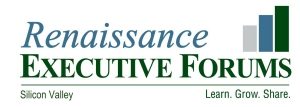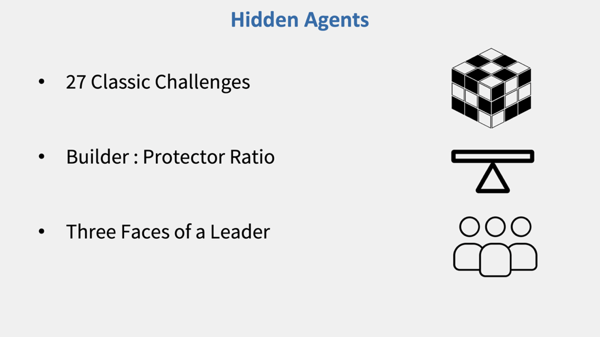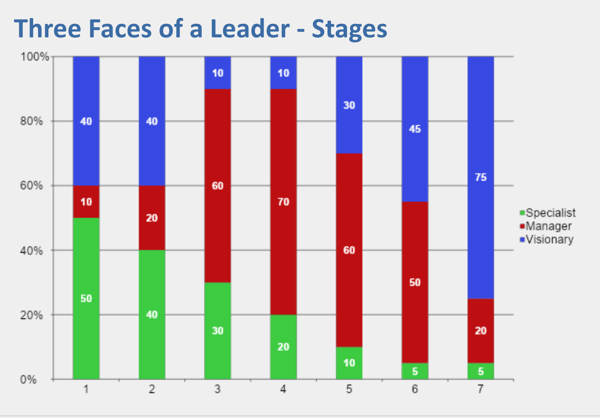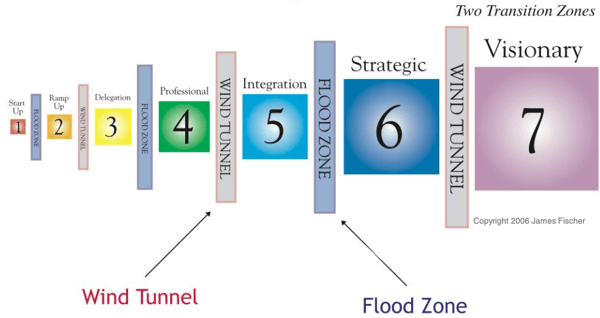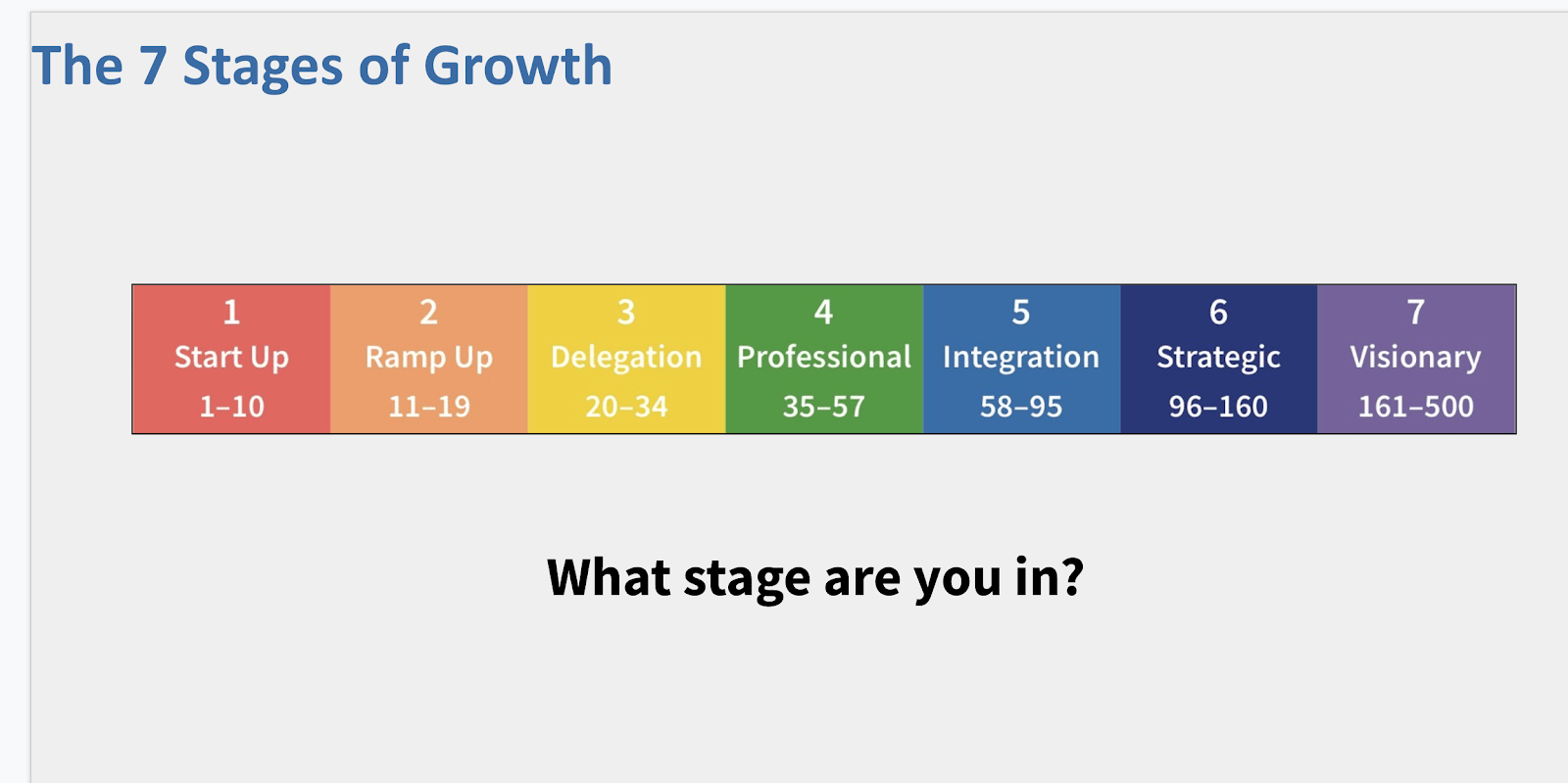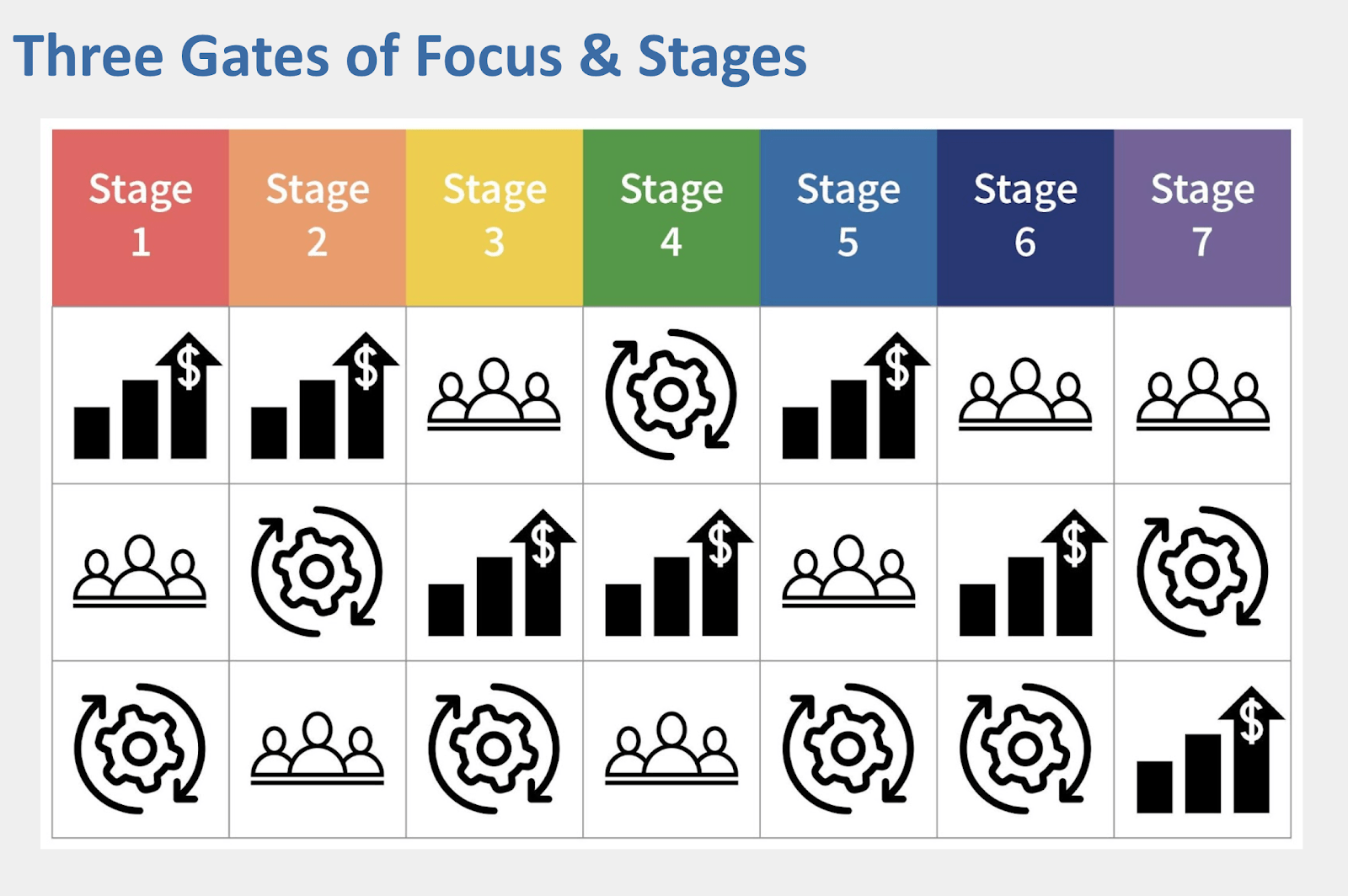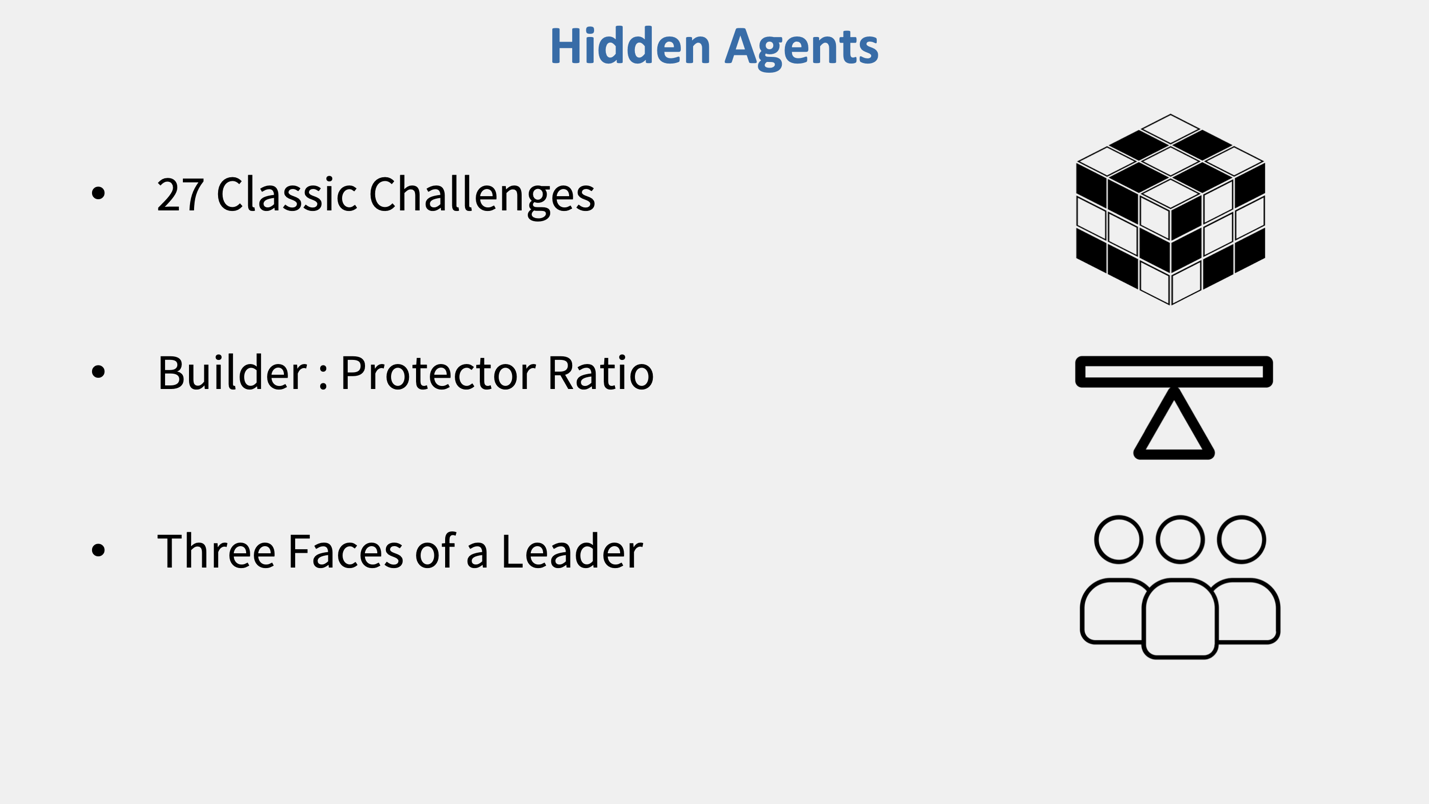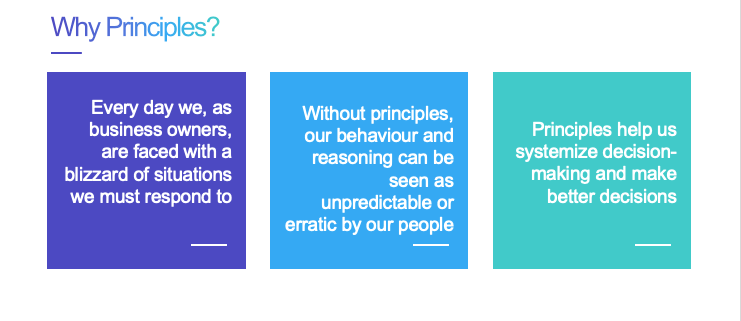Investing time in building and maintaining relationships – both external to the organization and internal to the organization – is critical to the success of every CEO.
I recently learned of a structured approach for enhancing relationships by Patrick Ewers, founder and CEO of Mindmaven, a coaching firm that works with leaders AND their assistants.
Using the Mindmaven model — leverage, intent, and fellowship— I began implementing some of these principles within my own business and invited Patrick to share it with members of the Executive Forums Silicon Valley peer groups.
How leaders can “achieve True Greatness by freeing up 8+ hours a week so they can use that time to invest in what truly matters most: relationships.”
Patrick shared with us several hands-on, step-by-step ways in which a CEO can gain leverage to build better relationships by training an executive assistant to become a CEO’s “engagement manager (EM).”
The term Engagement Manager (EM) is not the same as a social media engagement manager, but this role has some of the same results.
An EM is trained by the CEO to address tasks that not only free up a CEO’s time, but can increase relationship building opportunities, thus freeing the CEO to focus on high value activity which impacts bottom line results.
LEVERAGE tactics Patrick suggested:
Voice Communications via Dictation Software
Patrick demonstrated in real time how to leverage an hour or more a day using a phone application to dictate tasks, emails, and meeting notes. Leaders are much better at verbal communication and dictation can be done asynchronously (when time permits as opposed to when the assistant is available). Dictation files are delivered directly to an EM via email, text, or a project management system such as Asana. The EM receives the dictated instructions and moves the requested task forward.
Inbox Shadowing
A second technique discussed was inbox shadowing. By giving an EM access to a CEO’s email for “Inbox Shadowing,” a CEO can trust that emails are sorted by priority so they can move quickly through their inbox. Sorting labels or folders might look like this:
- Drafts (responses drafted for CEO review)
- Please Handle (emails on which the EM needs CEO input first)
- Completed (emails completely handled within authority of the EM)
- FYI emails (to read later)
Using dictation and inbox shadowing, an EM can be responsible for drafting follow up emails, meeting debriefs, and pre-meeting planning documents.
Meeting Debriefs and LoopLeverage
With structured and habitualized Meeting Debriefs, a CEO can quickly capture important details from a meeting in a voice dictation sent to their EM who then implements the Mindmaven LoopLeverage technique.
LoopLeverage uses followup tasks, reminders, and tracking in a CRM, calendar, or project management software. These reminders, set for the EM, allow the EM to proactively follow up about promises made to and by the CEO. The personal connection information and business key facts that a CEO learns and shares in their Meeting Debrief dictation also gets tracked by the EM to bring up for robust future meeting conversations.
Together these leverage techniques—Meeting Debriefs and LoopLeverage—help a CEO build trust and stronger relationships while also lifting their mental load, ultimately resulting in increased intent and fellowship, goals of the Mindmaven model.
Culmination of Time, Training, and Small Steps Yield Results

Patrick emphasized that it takes three to six months for a CEO to make these steps natural and train an EM. However, small ideas and steps over time lead to cumulative results that can result in free time for a CEO to generate big ideas. And results.
If you are a leader who could use 8 to 10 hours a week to of free time build business relationships (internal and external) and reduce stress associated with low impact high urgency tasks, I recommend reaching out to Patrick Ewers and the Mindmaven team (www.mindmaven.com/contact) to have a discussion.
===============================================================
At Executive Forums Silicon Valley, selected business owners and leaders work together to gain clarity, insight and accountability to ignite their leadership engines, grow their businesses and improve their lives. If you are interested in learning more about Business Owner Advisory Boards, Entrepreneurial Operating System (EOS), Stages of Growth, Value Builder System or becoming a member at Executive Forum Silicon Valley, please contact Glenn Perkins: gperkins@executiveforums.com or call 408-901-0321. For more information visit http://www.execforumssv.com/.
===============================================================
